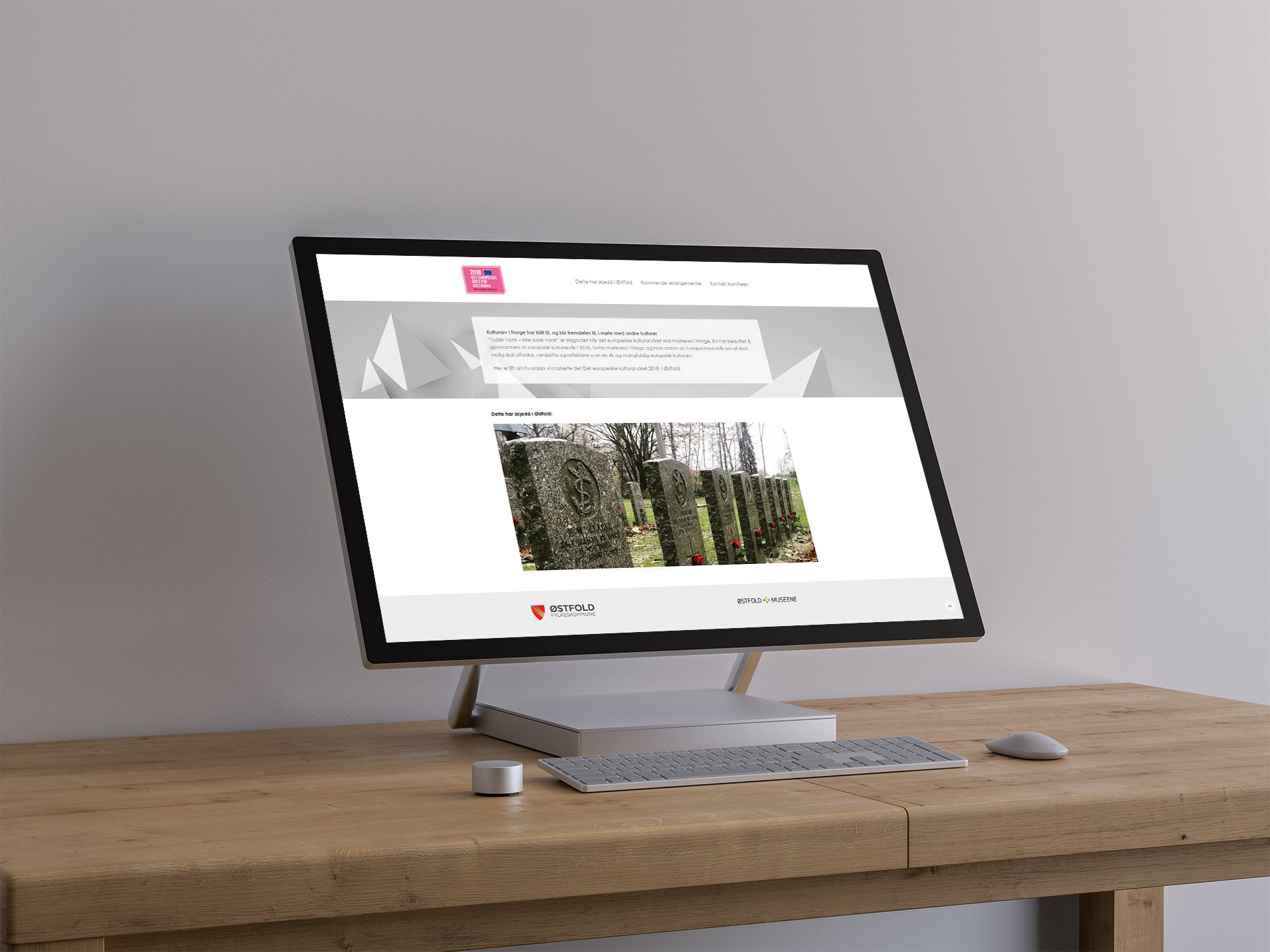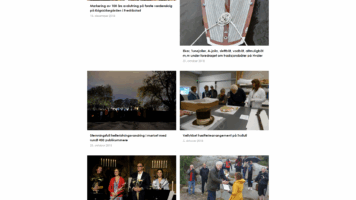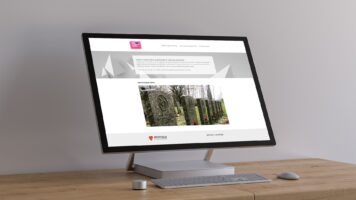Reflecting on past projects offers valuable insights, particularly in digital cultural heritage. The development of https://kulturarv2018.no/ for Østfold’s Kulturarvåret 2018 aimed to create an engaging online gateway to the region’s rich history. Our goal: make digital cultural heritage accessible. This challenge provided significant lessons.
During my time at Østfoldmuseene, I took on the responsibility of developing the digital portal for Det europeiske kulturarvåret 2018. This involved leveraging my technical skills and understanding of the cultural landscape to create https://kulturarv2018.no/, a central online resource designed to connect the public with the diverse heritage events and initiatives across the region.
Structuring content for digital cultural heritage
Effectively presenting cultural heritage means more than just putting information online. For Kulturarvåret 2018, a user-focused approach was key to navigating and interacting with this cultural heritage. The diverse program required a versatile online strategy. To manage this, we used WordPress. Its flexibility allowed us to organize varied content so users interested in different aspects of digital cultural heritage could easily find what they sought.
The visual element in digital engagement
Compelling imagery significantly enhanced the experience of digital cultural heritage. The events page, with its strong visuals, aimed to draw users in. These visuals offered a preview of Østfold’s cultural offerings, enriching their understanding.
Accessibility: A core pinciple
Ensuring the https://kulturarv2018.no/ portal was accessible to all was fundamental to our approach to cultural heritage. Consequently, this principle informed our design and content choices from the start.
Connecting sites and digital information
For events linked to specific places, the website aimed to deepen the understanding of digital cultural heritage. It did this by providing context and additional digital resources related to those sites. For example, information about a historical building might include its digital representation or archival photos.
Creating https://kulturarv2018.no/ for Kulturarvåret 2018 provided valuable lessons in presenting digital cultural heritage effectively. By focusing on the user, using WordPress, and prioritizing visuals and accessibility, we aimed to connect a wider audience with Østfold’s cultural landscape. These insights are relevant for anyone sharing cultural heritage online today.



